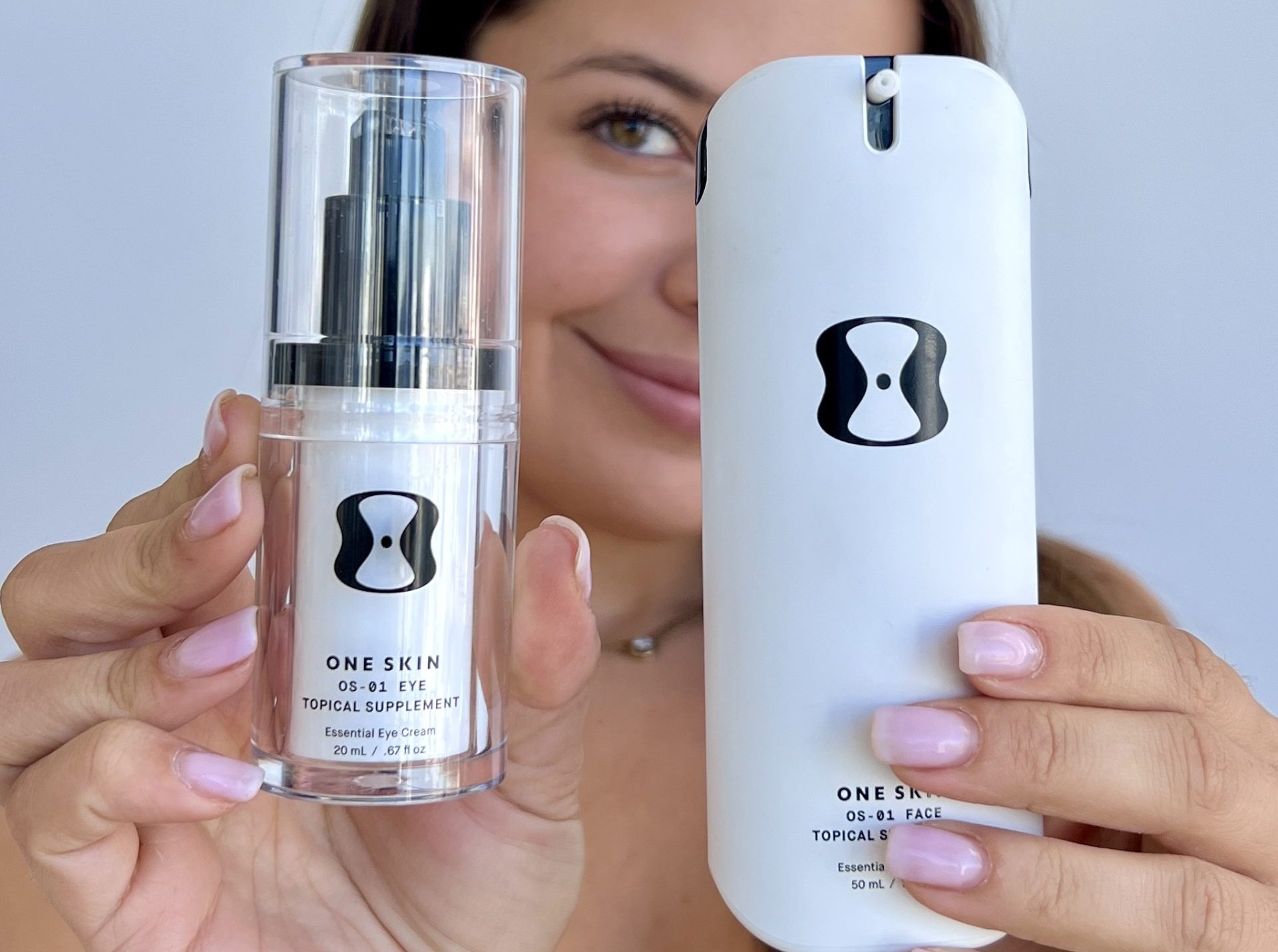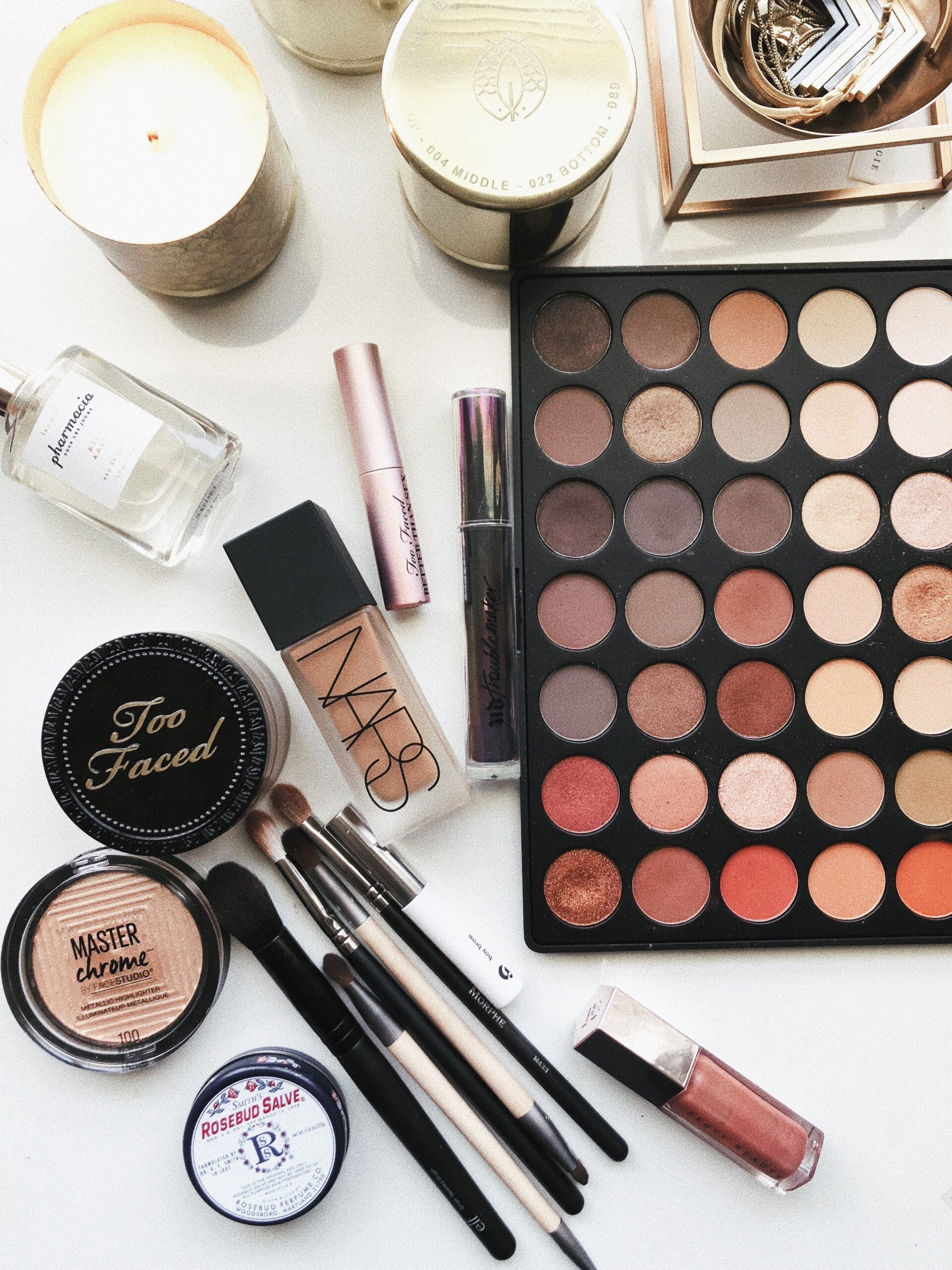Maybe you want to be one of those bounding bodies on the beach, or perhaps you have a fantasy of being able to lace up your sneaks and head out of the house and up to the park for a couple of loops. Who wouldn’t want to be a runner? You don’t need any equipment, you can do it anywhere, and there’s a sense of ease and freedom to this exercise you don’t get with, say, golf. And we haven’t even gotten into the health benefits — healthy heart and lean strong muscles. Here’s how to get started.
Try the run-walk method
Most people make the mistake of doing too much too soon when they begin running. Olympian Jeff Galloway has pioneered a method that reduces injury and improves race times for experienced runners. The walking interval isn’t about resting because you’re tired, it’s because breaking when you’re not, which reduces the risk of injury by increasing muscle recovery time.
Keep training simple
The internet is rife with training plans for increasing mileage, improving race times, incorporating sprints, and conquering hills, but sometimes keeping things simple is the key to success. Tara Parker-Pope of theNew York Timesrecommends the following formula for a solid training plan:
- Train three days a week
- Run or run/walk 20 to 30 minutes, two days a week
- Take a longer run or run/walk (40 minutes to an hour) on the weekend
- Rest or cross-train on your off days
- Run at a conversational pace
Don’t stretch
There’s no conclusive evidence to support that stretching reduces injury. What is helpful is a dynamic warm-up, which will “prepare you for your run by lubricating joints, increasing heart rate, warming the muscles, opening capillaries, and getting the central nervous system primed for running,” Jason Fitzgerald, USATF-certified running coach and founder of Strength Running told Buzzfeed. Try squats, lunges, and “form drills” like butt-kicks.
Buddy up
If you’ll have more fun — and be more accountable — with a friend waiting for you at the entrance to the park at 7 am (and hearing all the gory details of the latest Tinder date on miles two and three), get a running buddy. Maybe one of your friends is also tired of just getting drinks and would rather catch up doing something healthy.
“Women tend to respond better to running in groups,” coach Galloway told WebMD. “It helps keep them motivated.”
Whatever it takes, man.
Get comfy shoes
That’s it. Not shoes designed for over- or -under pronation; not shoes made for high arches or flat feet or narrow heels. Go to an athletics store, and jog around the store in a few pairs. See which feel best and tune out any jargony sales pitches. In an extensive review of the science on running shoes and injuries, researchers found that the most important quality in a running shoe is comfort.
Accessorize smartly
Socks are important. Choose ones without any seams made with a breathable, sweat-wicking material.
If holding your phone while you jog causes you to hunch up your shoulder, consider a jogging belt or fanny belt. Dude, they’re cool again.
For the busty, the right sports bra can mean the difference between a fun workout and an uncomfortable one. Veteran runners swear by Moving Comfort’s Juno and Panache’s Wired Sports Bra.
Sign up for a race
Registering for a race gives you a concrete goal and timeline. Those new to running often begin with a 5K (3.1 miles). To prepare, increase the distance of one of your run-walks each week by 5-10 minutes per week. Keep the ratio of running to walking (run 10 seconds/walk 50 seconds). When you have covered four miles on your long one, you are ready for a 5K.
And when all else fails, we channel our patron saint of Get ‘Er Done, Oprah Winfrey:
“Running is the greatest metaphor for life, because you get out of it what you put into it.”
Now tie those laces and put your heart into it.











